Entry Category: Government and Politics - Starting with L
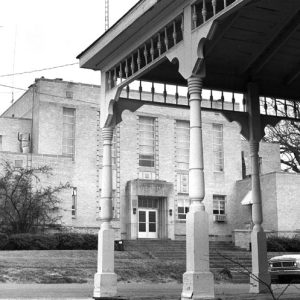 Lafayette County Courthouse
Lafayette County Courthouse
Lafferty, John
 John Lafferty Bio
John Lafferty Bio
Lake Dick
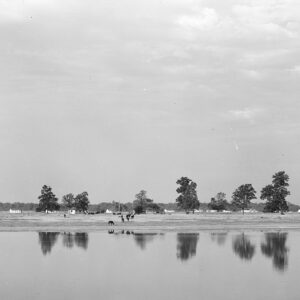 Lake Dick
Lake Dick
 Lake Dick Children
Lake Dick Children
 Lake Dick Kitchen
Lake Dick Kitchen
 Lake Dick School and Community Center
Lake Dick School and Community Center
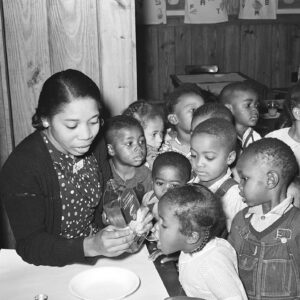 Lakeview Children
Lakeview Children
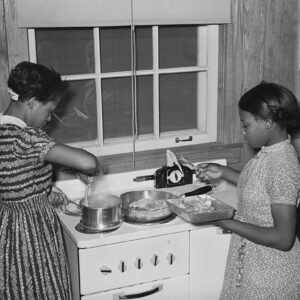 Lakeview Cooking Lesson
Lakeview Cooking Lesson
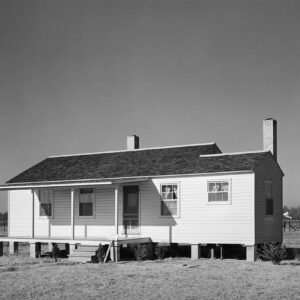 Lakeview House
Lakeview House
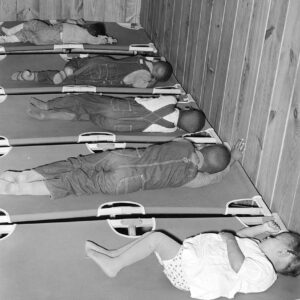 Lakeview Nursery
Lakeview Nursery
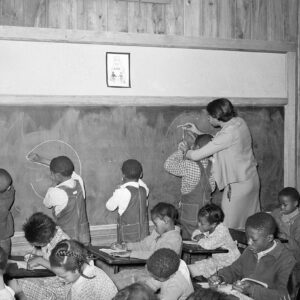 Lakeview Students
Lakeview Students
Laman, William Fewell “Casey”
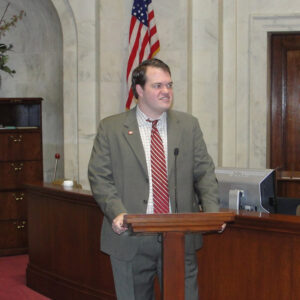 Michael Lamoureux
Michael Lamoureux
Lampkin, Sheilla Joyce Ezelle
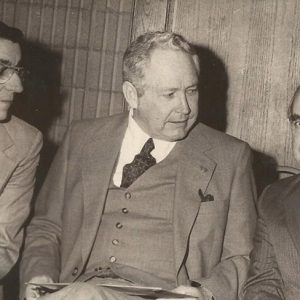 Landers, Nelson, Richmond
Landers, Nelson, Richmond
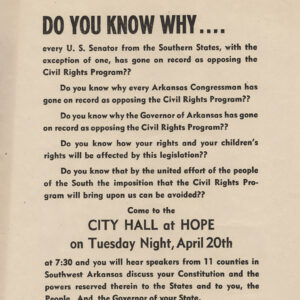 Laney Broadside
Laney Broadside
Laney, Benjamin Travis, Jr.
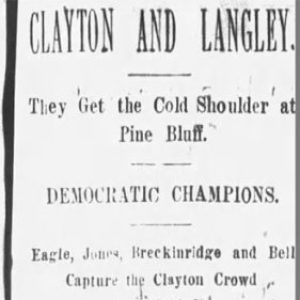 Langley and Clayton Campaign
Langley and Clayton Campaign
Langley, Isom P.
 Laurada Departing for Liberia
Laurada Departing for Liberia
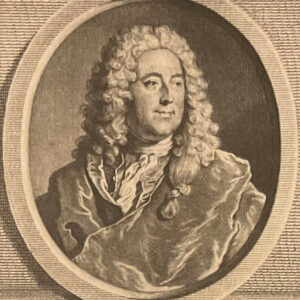 John Law
John Law
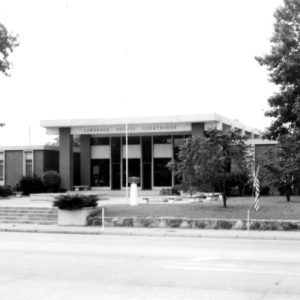 Lawrence County Courthouse
Lawrence County Courthouse
 Andrea Lea
Andrea Lea
League of Women Voters of Arkansas
aka: Arkansas League of Women Voters
Ledbetter, Calvin Reville (Cal), Jr.
 Lee County Courthouse
Lee County Courthouse
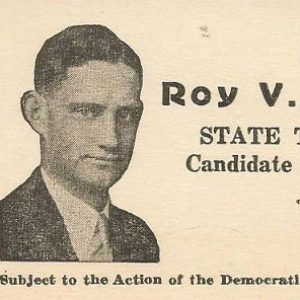 Leonard Campaign
Leonard Campaign
Levine, Sam M.
LGBTQ+ Movement
Lieutenant Governor, Office of
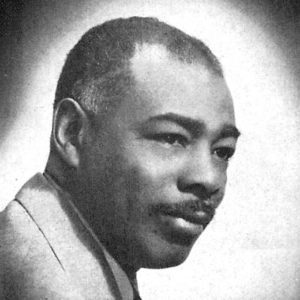 Claude Lightfoot
Claude Lightfoot
Lightfoot, Claude M.
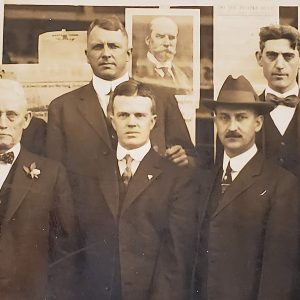 Lily White Republicans
Lily White Republicans
Lily White Republicans
 Lincoln County Courthouse
Lincoln County Courthouse
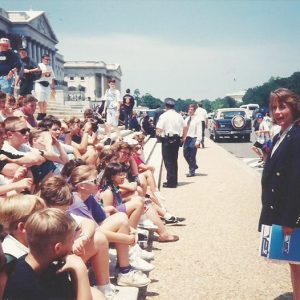 Lincoln with Students
Lincoln with Students
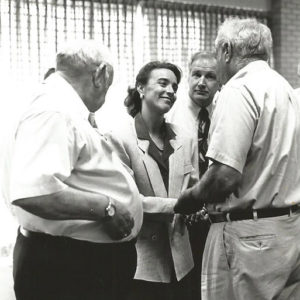 Blanche Lincoln
Blanche Lincoln
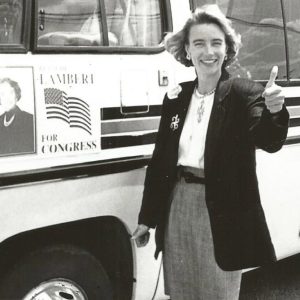 Blanche Lincoln
Blanche Lincoln
 Anti–Lincoln and Pryor Ad
Anti–Lincoln and Pryor Ad
Lincoln, Blanche Lambert
Lindsey, Bruce Robert
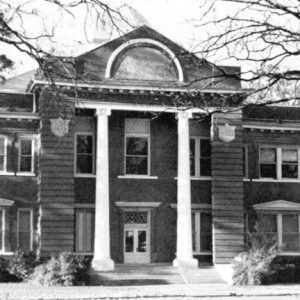 Little River County Courthouse
Little River County Courthouse
Little Rock Censor Board
aka: Little Rock Board of Censors
Little Rock City Hall
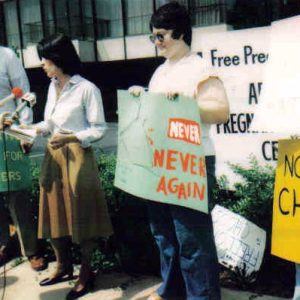 Little Rock NOW
Little Rock NOW
 Little Rock Railway and Electric Co.
Little Rock Railway and Electric Co.




